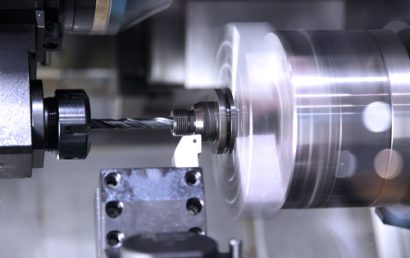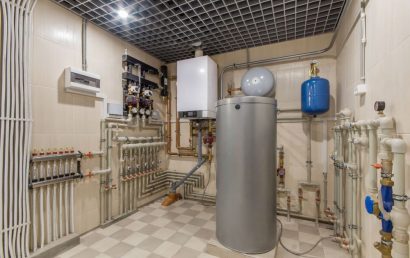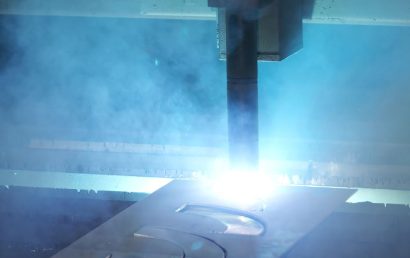Popular Thermal Spray Processes: Pros And Cons At A Glance
Thermal spraying is widely known by many industries as a group of coating processes in which nonmetallic/metallic materials (finely divided) are deposited to form a coating. In addition, they are sprayed in a semi-molten or molten condition. One of the biggest reasons why people use thermal spraying is that it can produce excellent thick coatings over a large surface area. The average thickness of these coatings can be at least 20 micrometers thick (some go up to several millimeters). Today, a good number of thermal spray processes exist. To ensure you gain a better understanding on what they are, here are the pros and cons of each thermal spray processes that are considered by many as popular.
Plasma Spray
Plasma spray coating is possibly the most flexible thermal spray process that exists. It has the capability to heat up and scatter material particles without causing too much wastage.
The pros:
- Can produce a wide range of coating materials (in powder form) to meet a wide range of needs.
- Compared to other traditional thermal processes like flame spraying, plasma spray coatings are higher quality.
The cons:
- Plasma spraying requires automated gun manipulators. Manual operation is deemed as unsuitable.
- Coating restricted access surfaces and small-diameter internal bores is challenging as it is a line-of-sight process.
HVOF
The HVOF coating process is an effective way of coating work surfaces by propelling molten particles.
The pros:
- Due to less through porosity, it is more resistant to corrosions.
- Carbide phases are less likely to degrade. Thanks to higher hardness.
- Produce tougher coatings. It is more wear-resistant.
- Thanks to greater particle impact velocities, HVOF produces denser coatings.
The cons:
- Only experienced and qualified personnel can safely carry out HVOF spraying and to achieve consistent coating quality.
- The microstructure of HVOF sprayed coatings depend upon several processing variables so it is extremely complex.
Arc Spray
Arc spray involves two wires of the chosen materials, which act as electrodes, and are fed through a spray gun.
The pros:
- With rates of at least 15kg/hr, arc spraying has an extremely high deposition rate.
- Compared to HVOF and plasma spraying systems, the power input is considerably low, at only 5-10 kW. The former is 50kW.
The cons:
- Arc spraying can produce a large amount of dust and fume. The operator must wear protective clothing and other relevant breathing apparatuses.
- Arc spraying is not suitable for spraying ceramics or cermets. It is only suitable for spraying electrically conductive materials that are in wire form.
Flame Spray
Flame spray coating processes often use combustible gasses to melt the chosen coating material with the right amount of energy.
The pros:
- Components with complex geometry can be easily coated with manual flame spraying.
- Equipment can be used even with basic operating knowledge.
- Flame sprays are easy to operate and the process is simple in design.
The cons:
- Like plasma spraying, flame spraying requires line of sight operation as well. Hard to reach inner surfaces are almost impossible to coat.
- Compared to other thermal spraying processes, flame spraying produces coatings that have lower bond strength, are less dense, have high oxide levels, and high porosity of up to 20 vol%.



